Isolated islands and remote habitats are home to some of the world’s most unique reptiles. These rare creatures have adapted to their surroundings in fascinating ways, often developing features found nowhere else. Each reptile tells a story of survival and evolution in the face of isolation.
Bojer’s Skink (Mauritius)
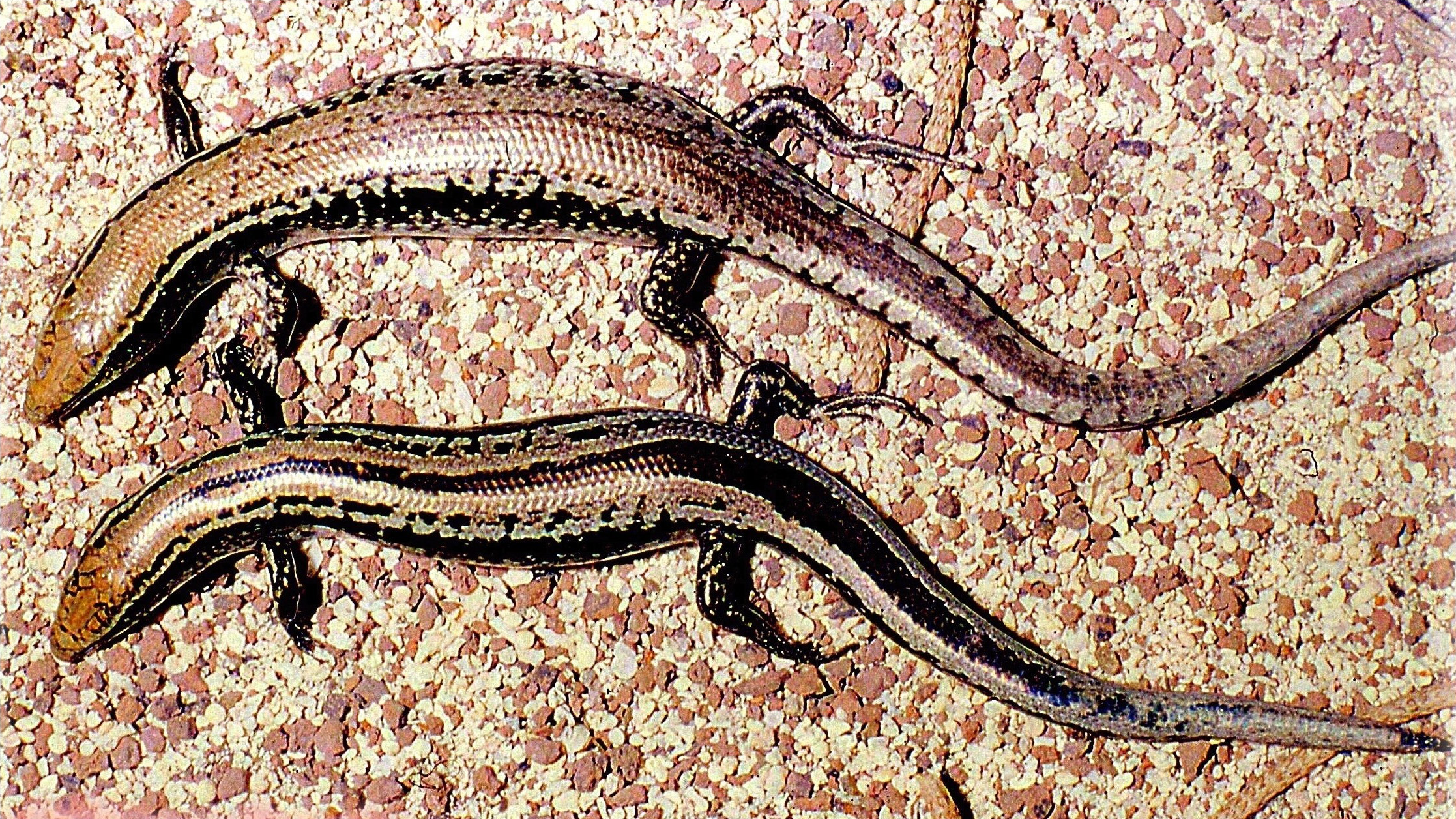
Bojer’s Skink is a small, elusive reptile found only on Mauritius. It has a slender body, allowing it to move swiftly through dense vegetation. This skink is known for its unique color, a blend of brown and copper hues. Its habitat consists of dry forest areas, where it feeds on small insects. Sadly, habitat loss has pushed it to the brink of endangerment.
Rodrigues Day Gecko (Rodrigues Island, Mauritius)
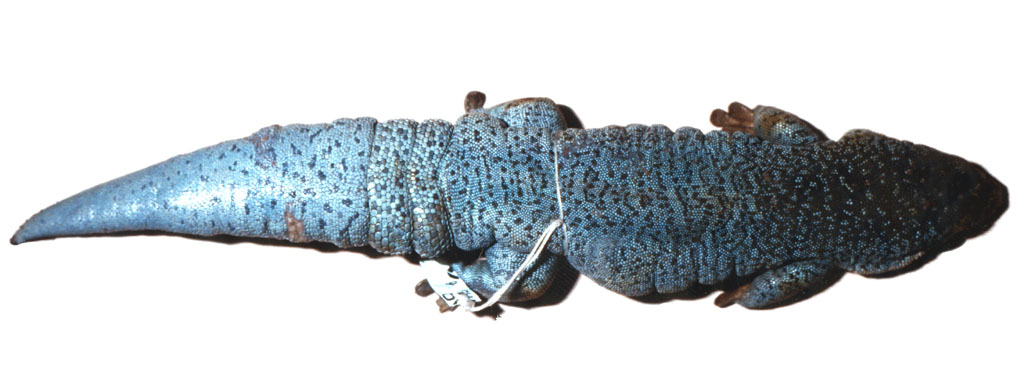
The Rodrigues Day Gecko is a vibrant, small lizard found on Rodrigues Island. It is easily identified by its bright green body with red markings. This diurnal gecko spends most of its time in trees, feeding on nectar and insects. Despite its striking appearance, deforestation poses a major risk to its survival. Conservation efforts are in place to protect this gecko from further decline.
Borneo Earless Monitor Lizard (Borneo)
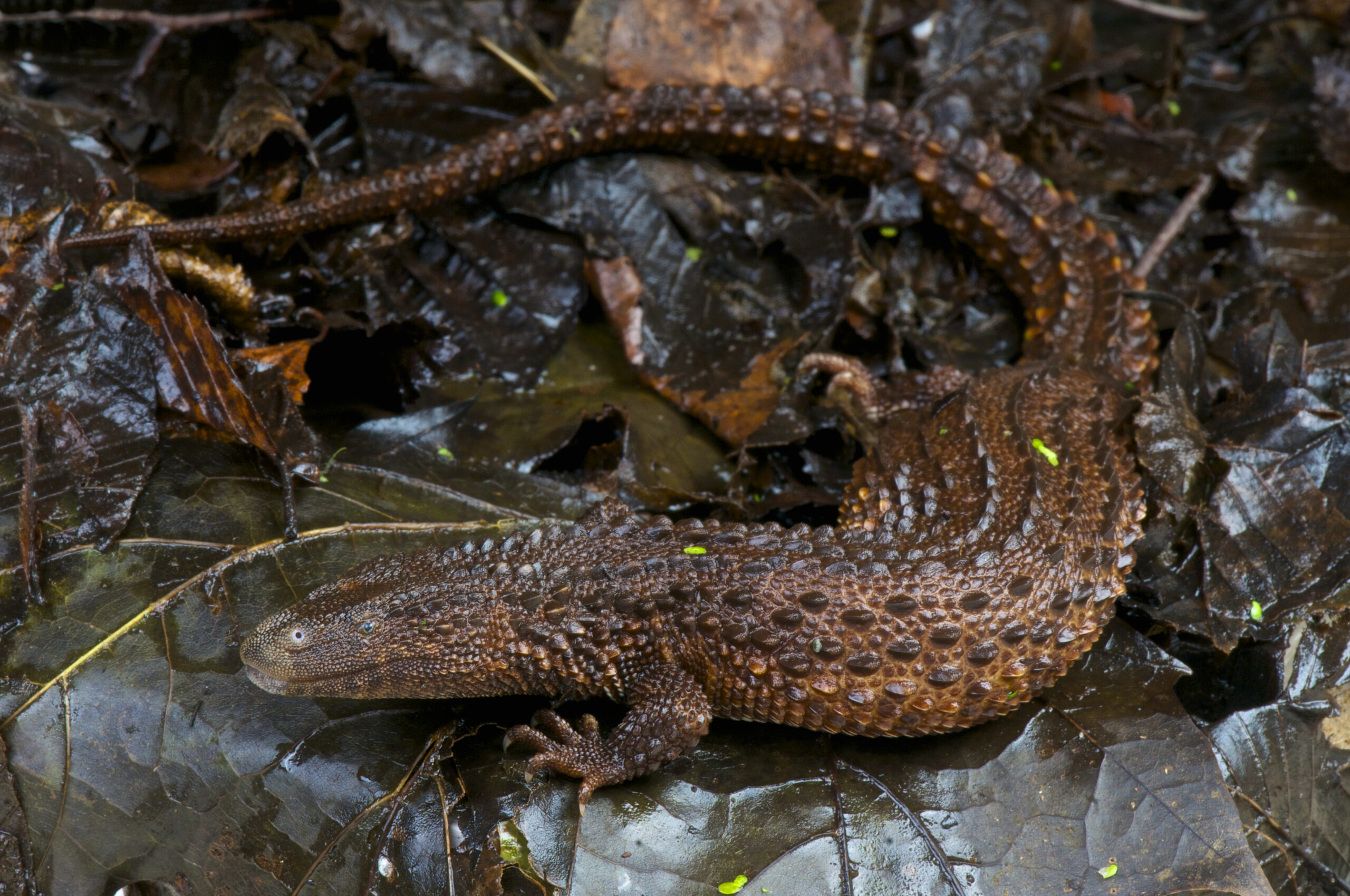
The Borneo Earless Monitor Lizard is a rare and unusual species that lacks external ears. It has a brown, semi-aquatic body, making it a skilled swimmer. This lizard feeds primarily on small fish and invertebrates. Its cryptic nature makes it difficult to spot in the wild. Habitat destruction, however, has placed it in danger of extinction.
Solomon Islands Skink (Solomon Islands)
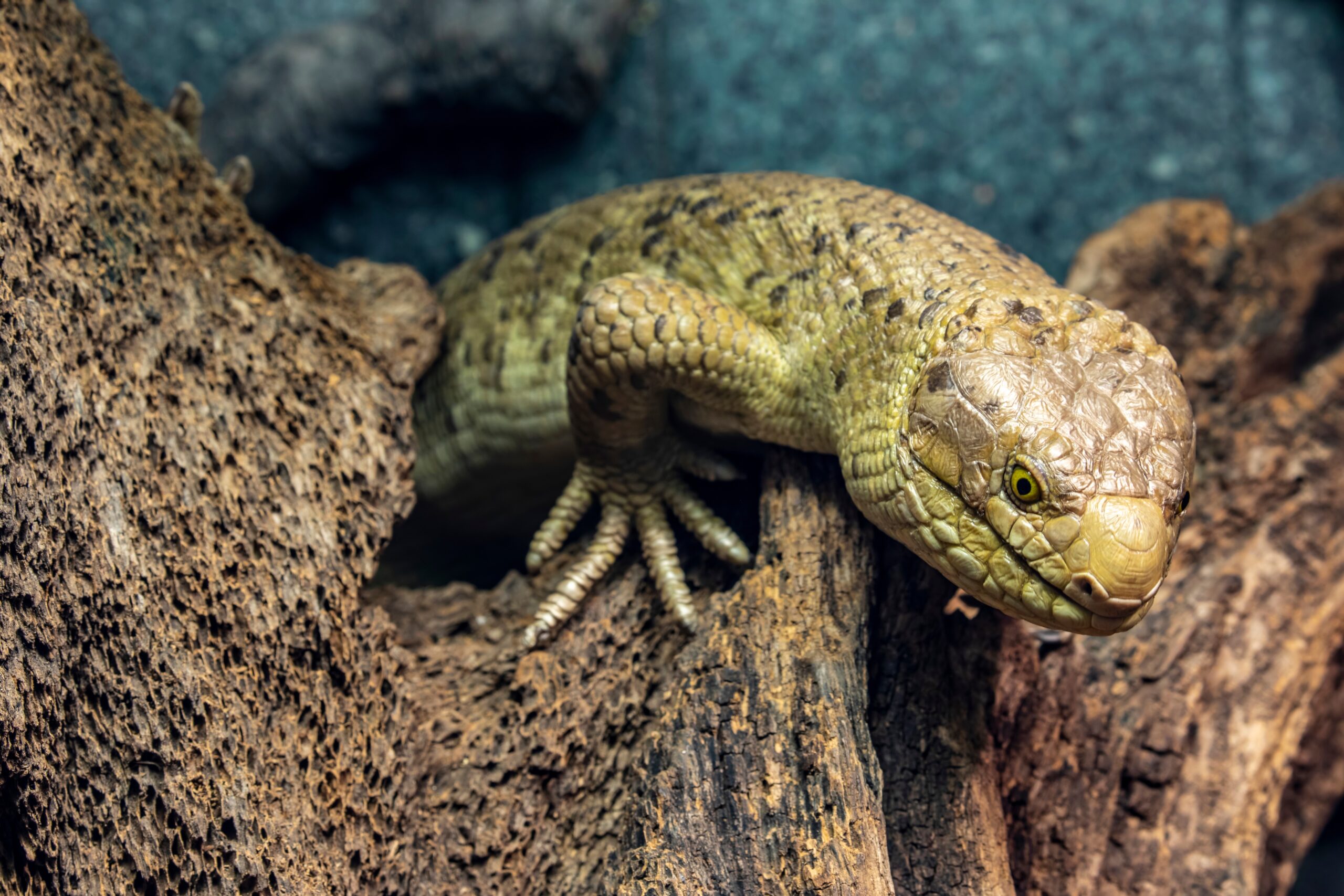
The Solomon Islands Skink is the largest species of skink, easily recognizable by its prehensile tail. It uses this tail to grasp onto branches as it navigates through trees. This herbivorous reptile primarily eats leaves, flowers, and fruits. Its social nature is unique among reptiles, as it often lives in family groups. The skink’s forest habitat is under threat due to logging and deforestation.
Aruba Island Rattlesnake (Aruba)
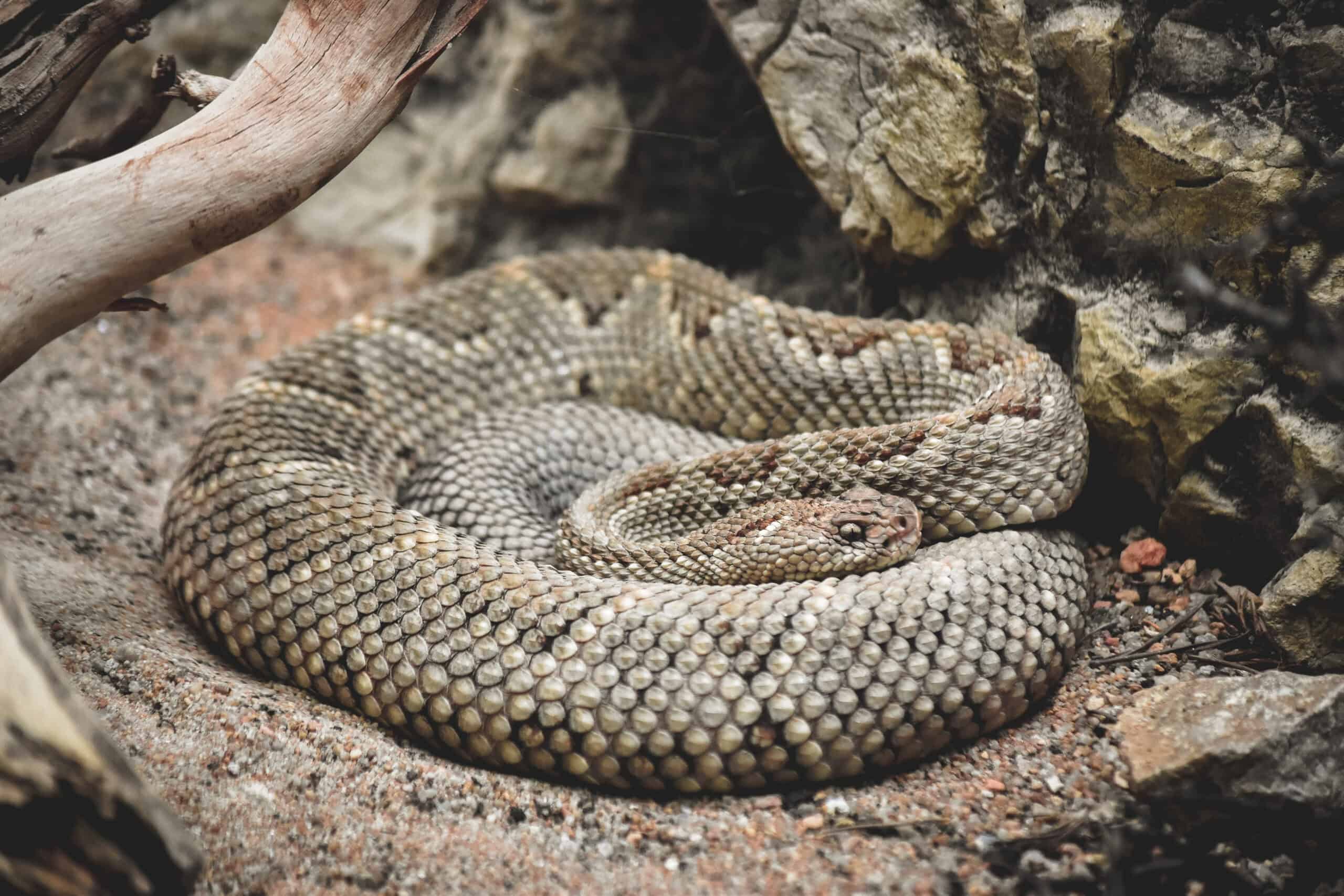
The Aruba Island Rattlesnake is a venomous species found only on the island of Aruba. It has a pale, sandy-colored body, which blends with the island’s arid landscape. This rattlesnake is active at dusk and dawn, hunting small mammals and birds. It is one of the rarest rattlesnake species, with a population that continues to decline. Conservation measures are critical for its survival.
Tuatara (New Zealand)
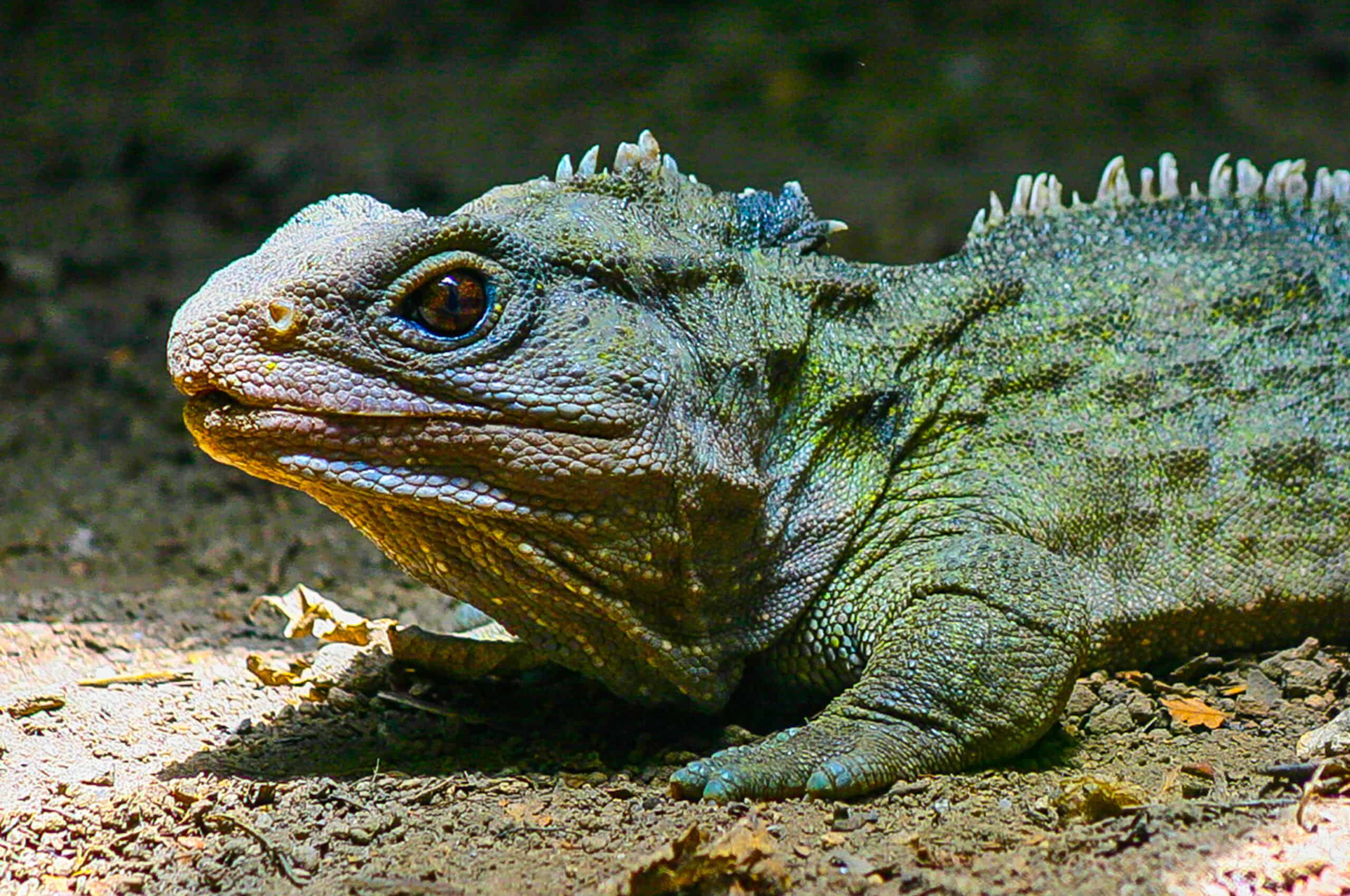
The Tuatara is a unique reptile native to New Zealand. It resembles a lizard but belongs to a distinct order, making it a living fossil. Its spiny back and robust build allow it to survive in colder climates. This nocturnal reptile feeds on insects, small birds, and even eggs. Sadly, habitat loss and predators have made the Tuatara vulnerable, leading to conservation efforts.
Gidgee Skink (Australian outback)
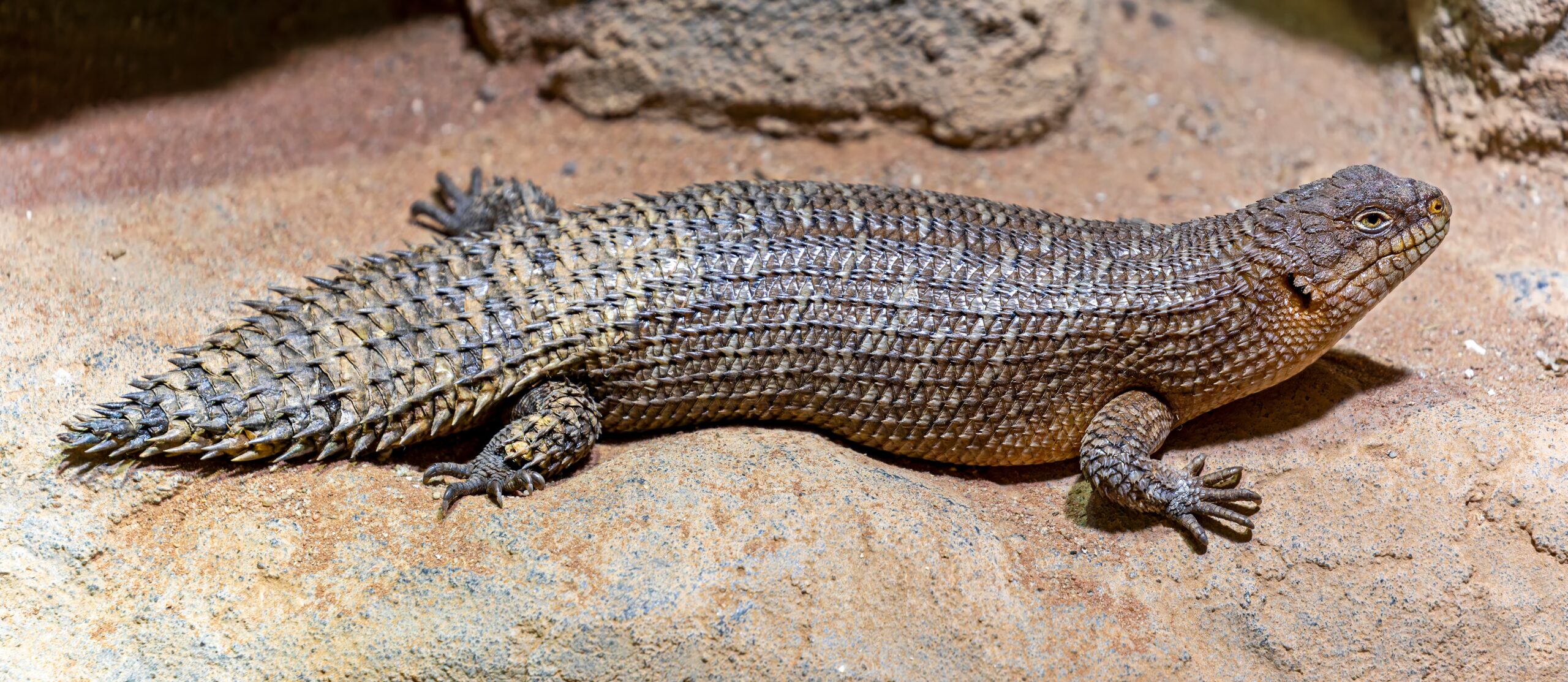
The Gidgee Skink is a small, tough reptile found in the dry regions of the Australian outback. It has a distinctive armored appearance, with spiky scales covering its body. This skink thrives in rocky habitats, where it shelters in crevices and feeds on plants and insects. Unlike other solitary reptiles, it often lives in social groups. Its ability to withstand the harsh desert conditions makes it a survivor.
Española Giant Tortoise (Galápagos Islands)

The Española Giant Tortoise is an iconic reptile of the Galápagos Islands. It can grow up to 5 feet long and weigh over 400 pounds. Its large, domed shell provides protection from predators and extreme weather. This herbivore slowly roams the island, feeding on cacti and grasses. Conservation efforts have helped its population recover after being critically endangered.
New Caledonian Giant Gecko (New Caledonia)
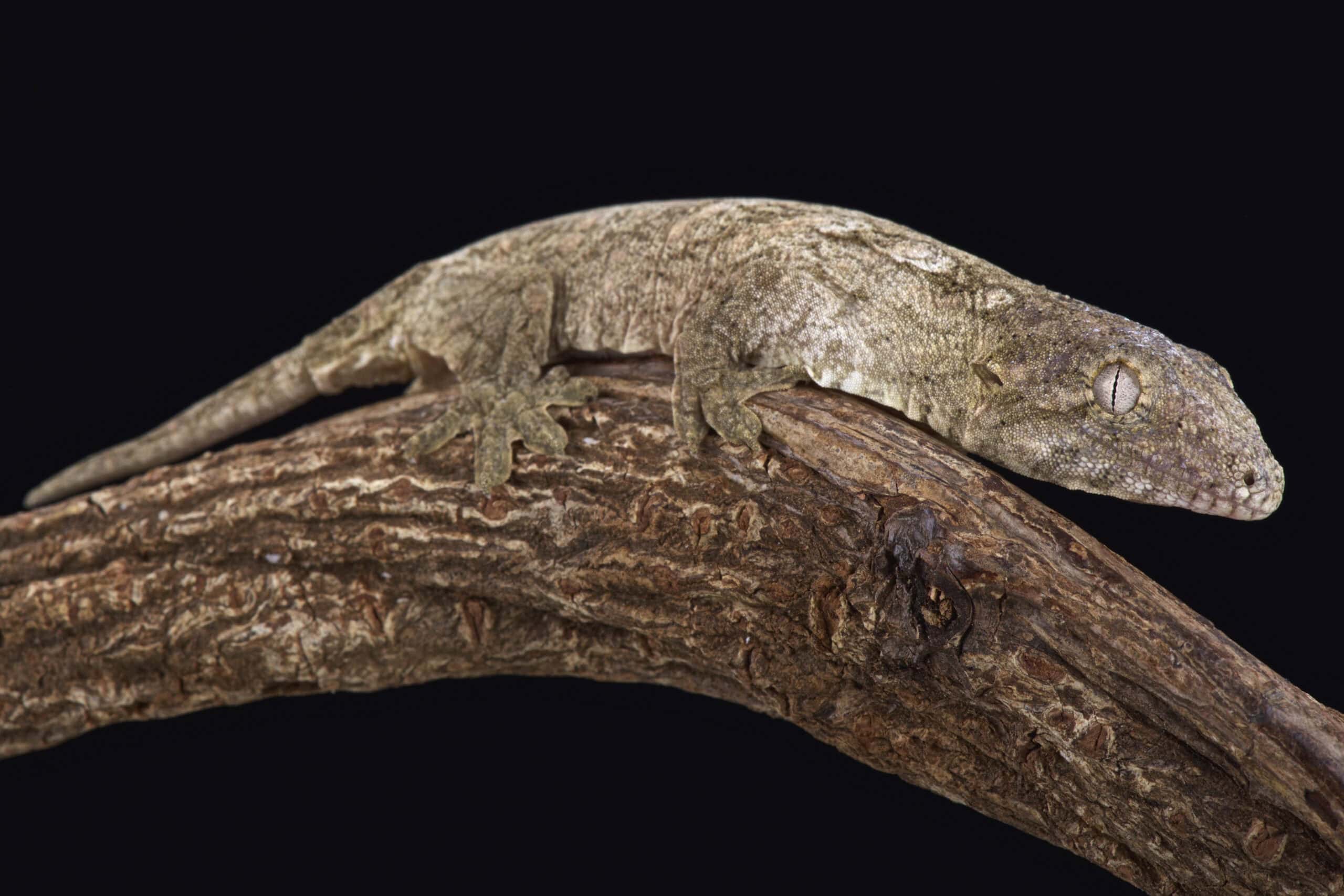
The New Caledonian Giant Gecko is one of the world’s largest geckos. It can reach over 14 inches in length. Its greenish-gray body, with a pattern of blotches, provides excellent camouflage in trees. This nocturnal reptile feeds on insects, fruits, and nectar. Unfortunately, deforestation and illegal pet trade pose significant threats to its survival.
Blue Iguana (Grand Cayman)
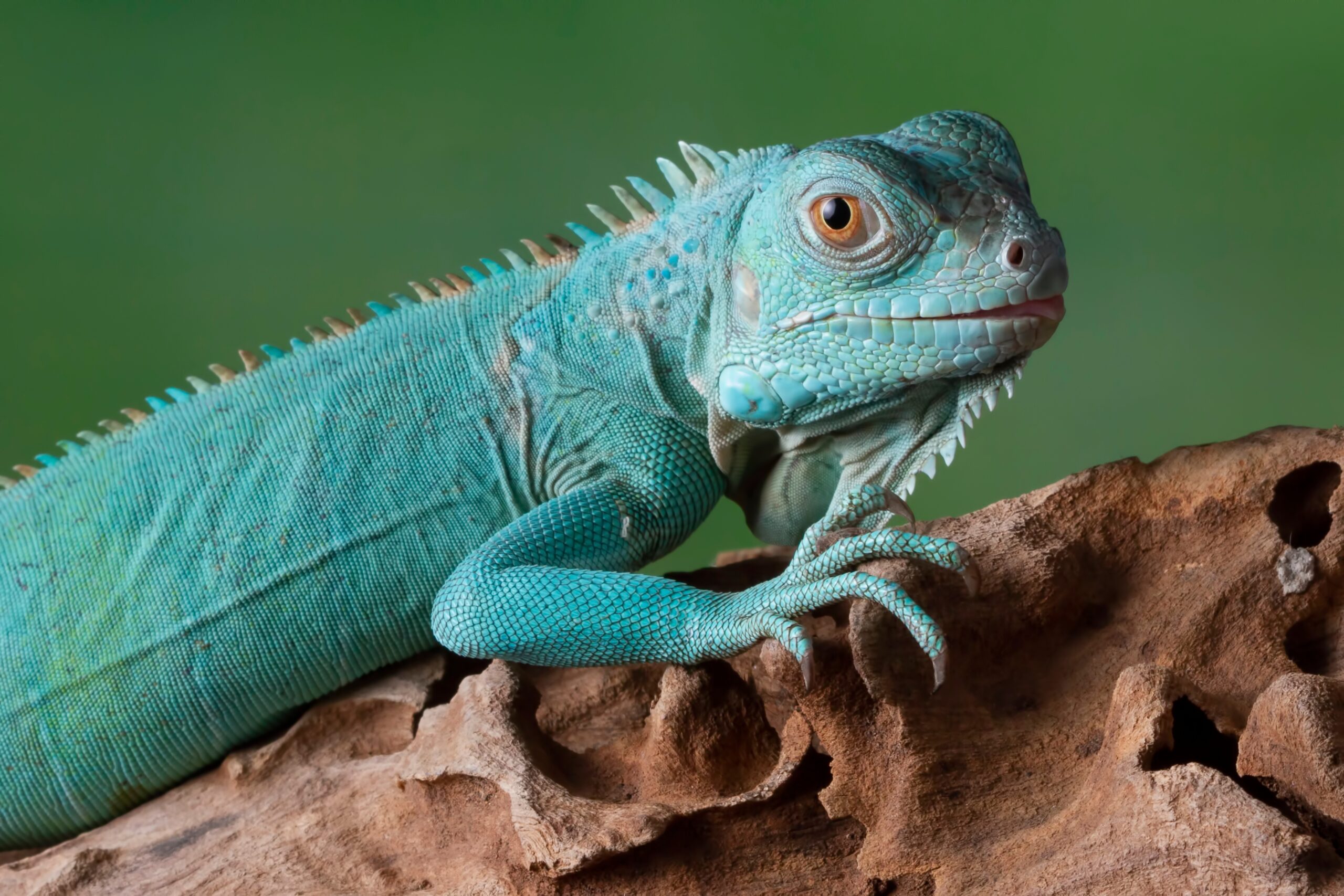
The Blue Iguana is a large, brightly colored reptile native to Grand Cayman. Its vibrant blue scales stand out, especially during the mating season. This herbivorous iguana spends its time basking in the sun and feeding on leaves, fruits, and flowers. Although once critically endangered, conservation programs have significantly increased its population.
Namib Sand Gecko (Namibia)
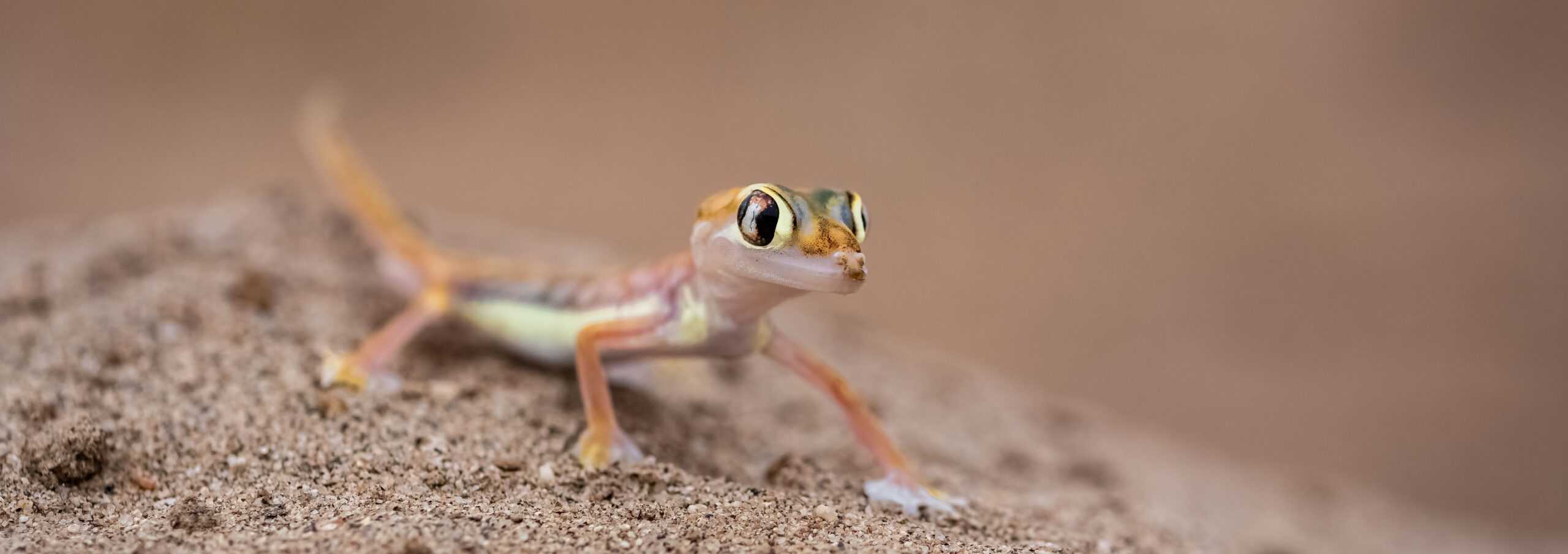
The Namib Sand Gecko is an extraordinary reptile adapted to life in the harsh Namib Desert. It has translucent skin, allowing it to reflect sunlight and avoid overheating. Its large eyes help it hunt at night for insects. This gecko is a fast burrower, escaping the desert heat by hiding in the sand during the day. Its survival depends on its ability to thrive in one of the world’s most extreme environments.
Round Island Boa (Mauritius)
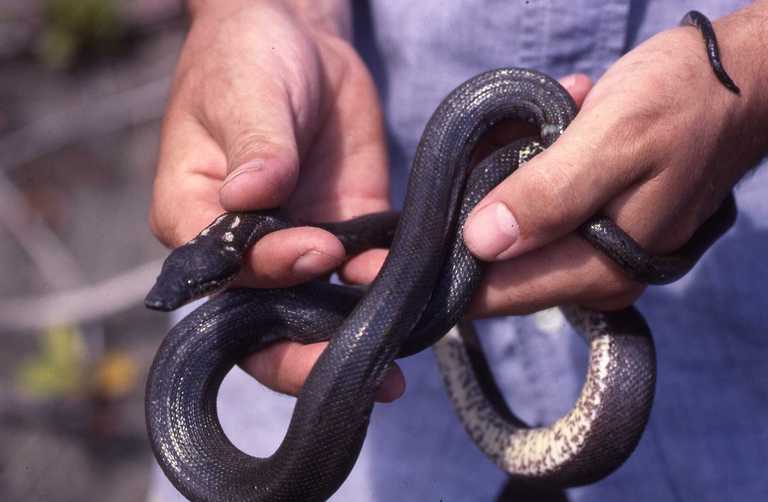
The Round Island Boa is a rare snake found only on Mauritius. It has a slender, elongated body with smooth scales. This non-venomous snake uses its flexible jaw to catch small lizards and birds. It thrives in the island’s rocky terrain and forested areas. Conservation efforts have been crucial in protecting this species from extinction due to habitat loss.
Jamaican Iguana (Jamaica)
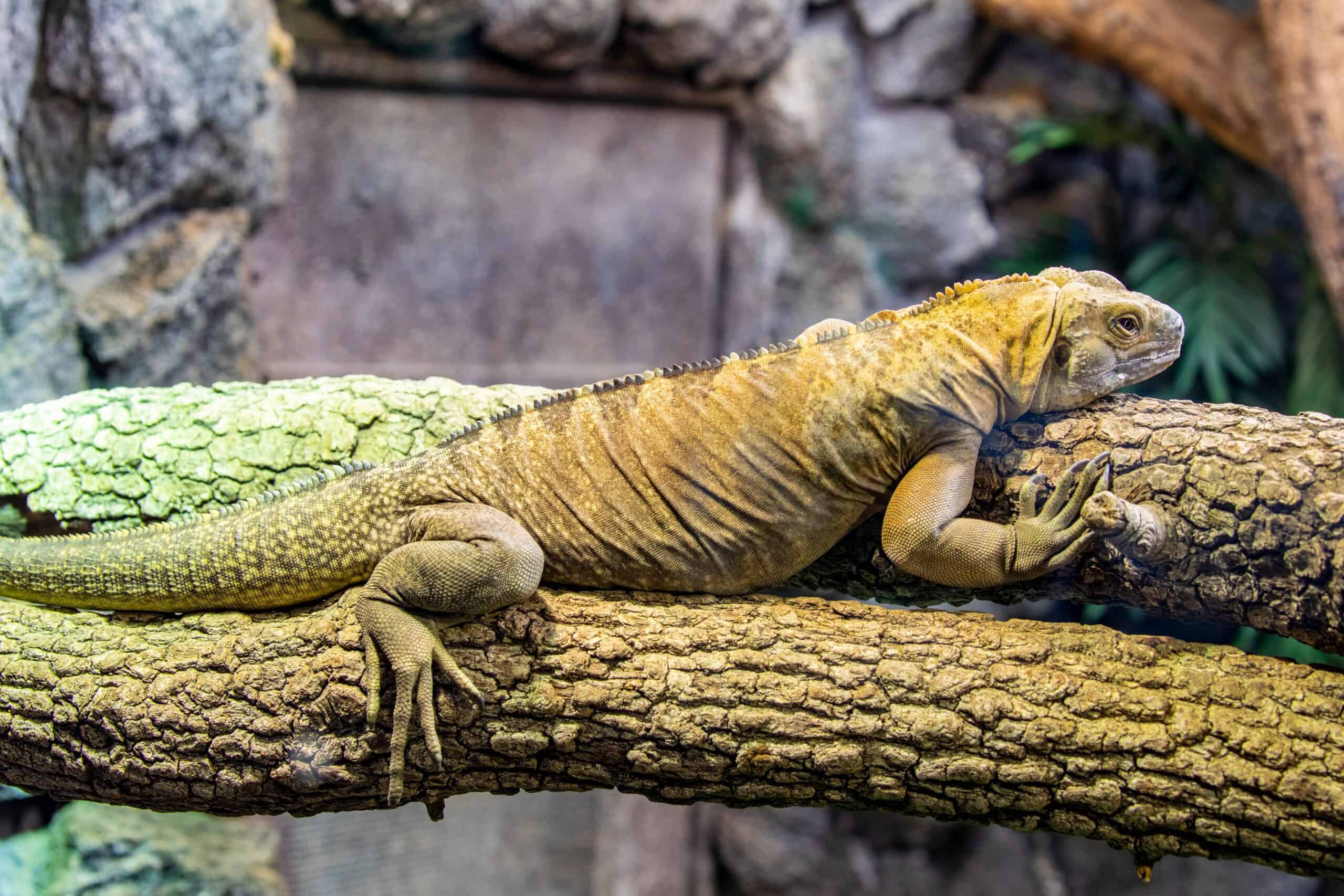
The Jamaican Iguana is a critically endangered reptile found in Jamaica’s dry forests. It has a sturdy, muscular body and a distinctive dark green color. This herbivorous iguana primarily feeds on fruits, leaves, and flowers. It spends most of its time basking in the sun to regulate its body temperature. Conservation programs are working to prevent its extinction due to invasive predators.
Aldabra Giant Tortoise (Aldabra Atoll, Seychelles)
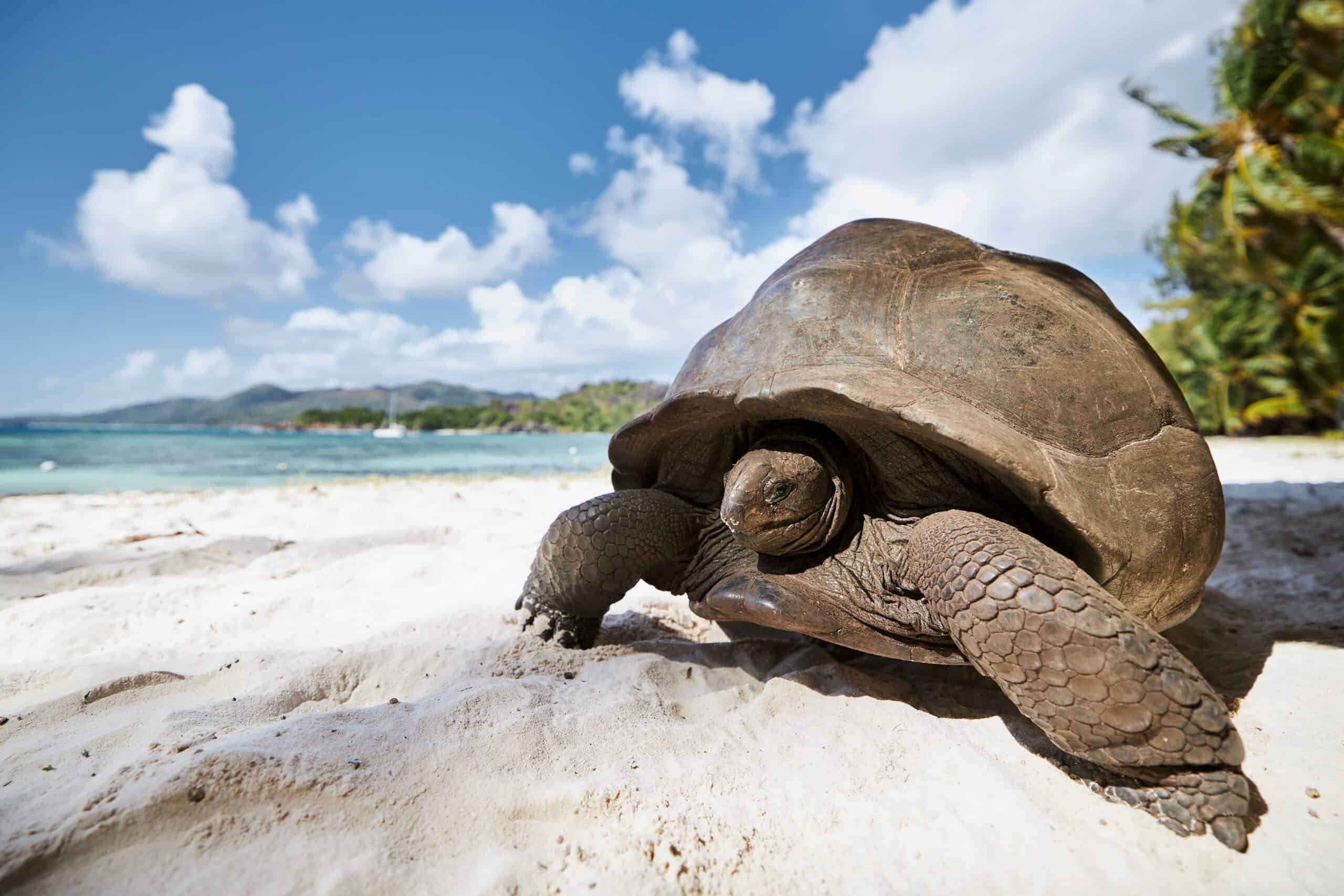
The Aldabra Giant Tortoise is one of the largest tortoise species in the world. It can weigh up to 550 pounds and has a massive, domed shell. This herbivore roams the atoll, feeding on grasses, leaves, and fruits. Its slow pace and long lifespan make it an iconic species in the Seychelles. Despite its protected status, habitat degradation remains a threat.
Cyclura nubila (Cayman Islands)

Cyclura nubila, also known as the Cuban Iguana, is a large lizard native to the Cayman Islands. It has a rugged, scaly body with prominent spines along its back. This iguana feeds on a variety of plant material, including leaves and fruits. Its rocky coastal habitat offers protection from predators. Conservation efforts are essential in maintaining its population against habitat loss.
El Hierro Giant Lizard (Canary Islands)
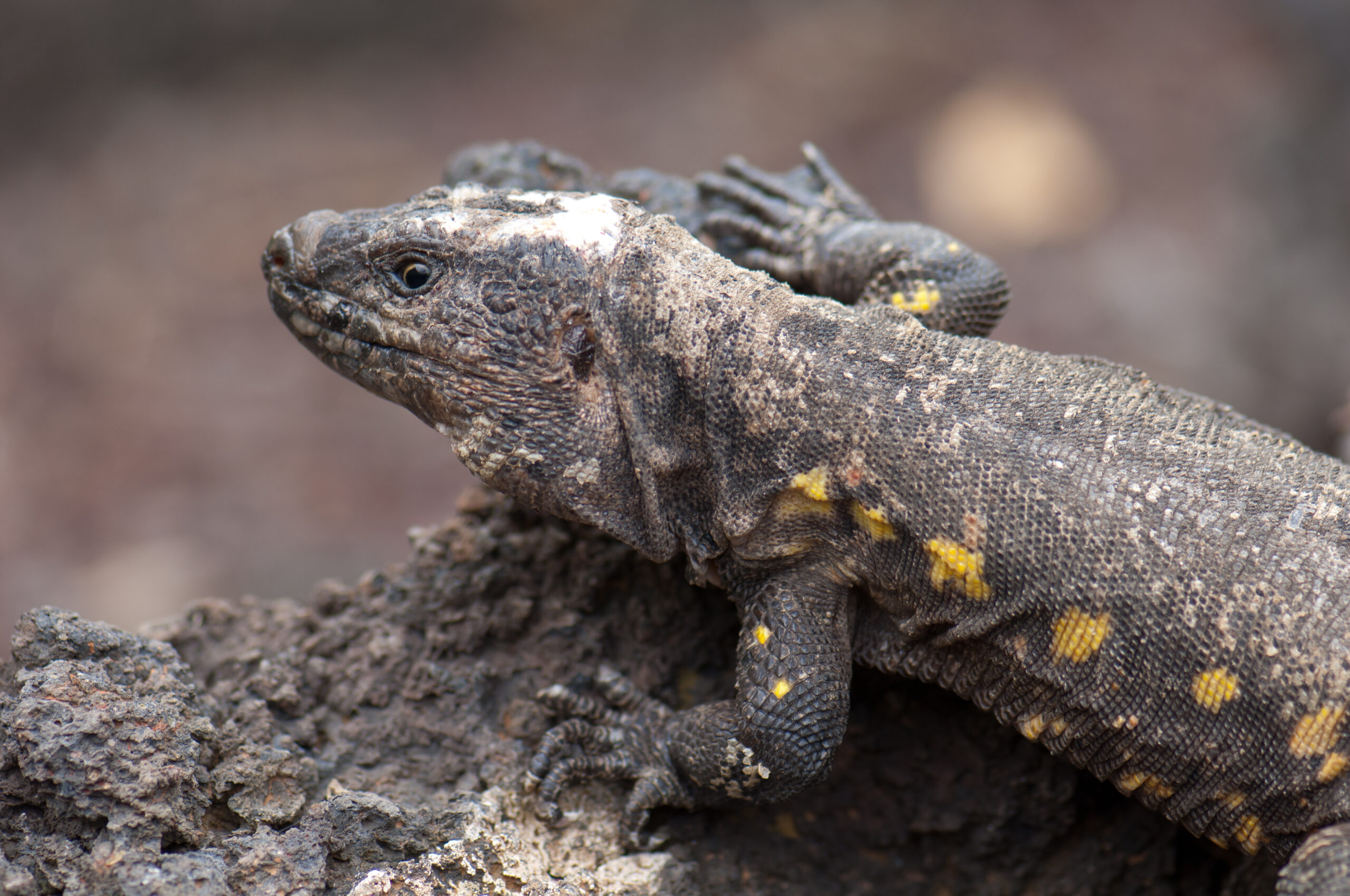
The El Hierro Giant Lizard is a critically endangered species from the Canary Islands. It can grow up to 24 inches long and has a stocky, robust body. This herbivorous lizard feeds on plants and small invertebrates. It is primarily found in rocky cliffs and crevices. Efforts to protect its habitat are vital as the population remains small.
Flat-Tailed Gecko (Madagascar)
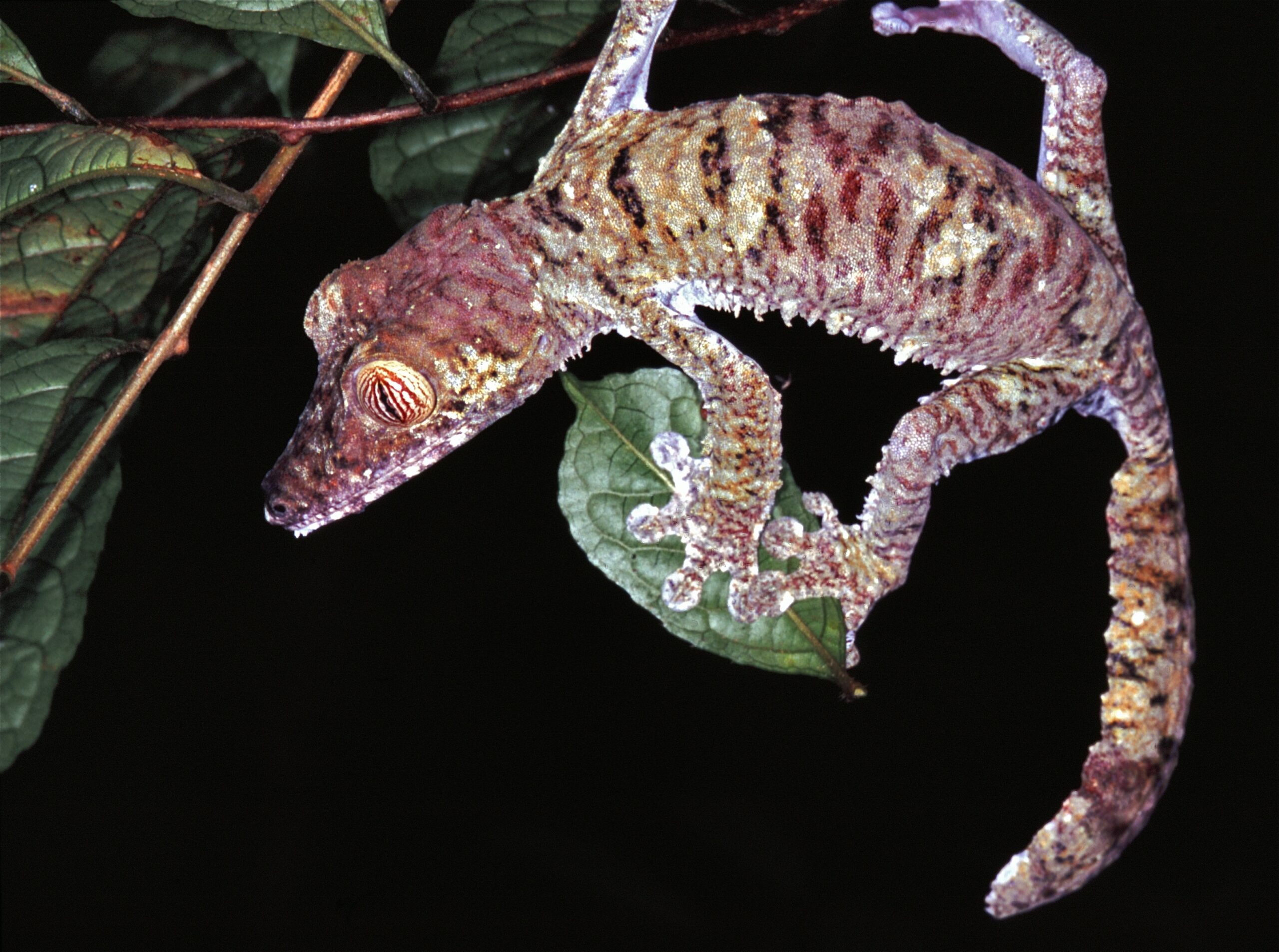
The Flat-Tailed Gecko is a small, camouflaged reptile native to Madagascar. It has a flattened body with a leaf-like tail, which helps it blend into its surroundings. This nocturnal gecko hunts insects at night. Its excellent camouflage makes it nearly invisible in the forest. Deforestation is the biggest threat to its survival in the wild.
Fiji Banded Iguana (Fiji Islands)
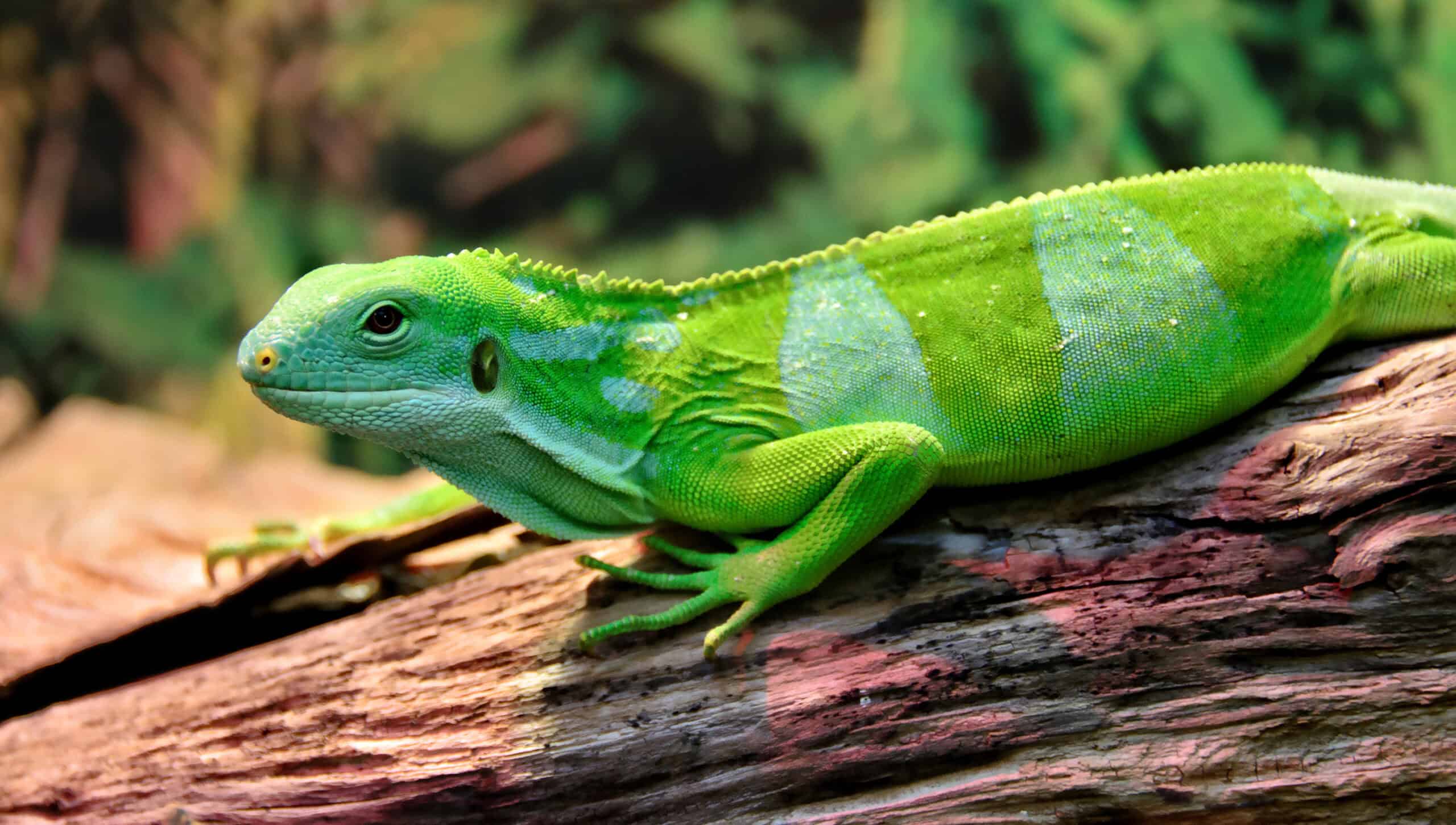
The Fiji Banded Iguana is a stunningly colorful reptile found on the Fiji Islands. It has bright green scales with striking blue bands across its body. This arboreal iguana spends most of its time in trees, feeding on fruits and leaves. Its habitat is increasingly threatened by deforestation and invasive species. Conservation efforts are crucial in protecting this rare iguana.
Galápagos Tortoise (Galápagos Islands)
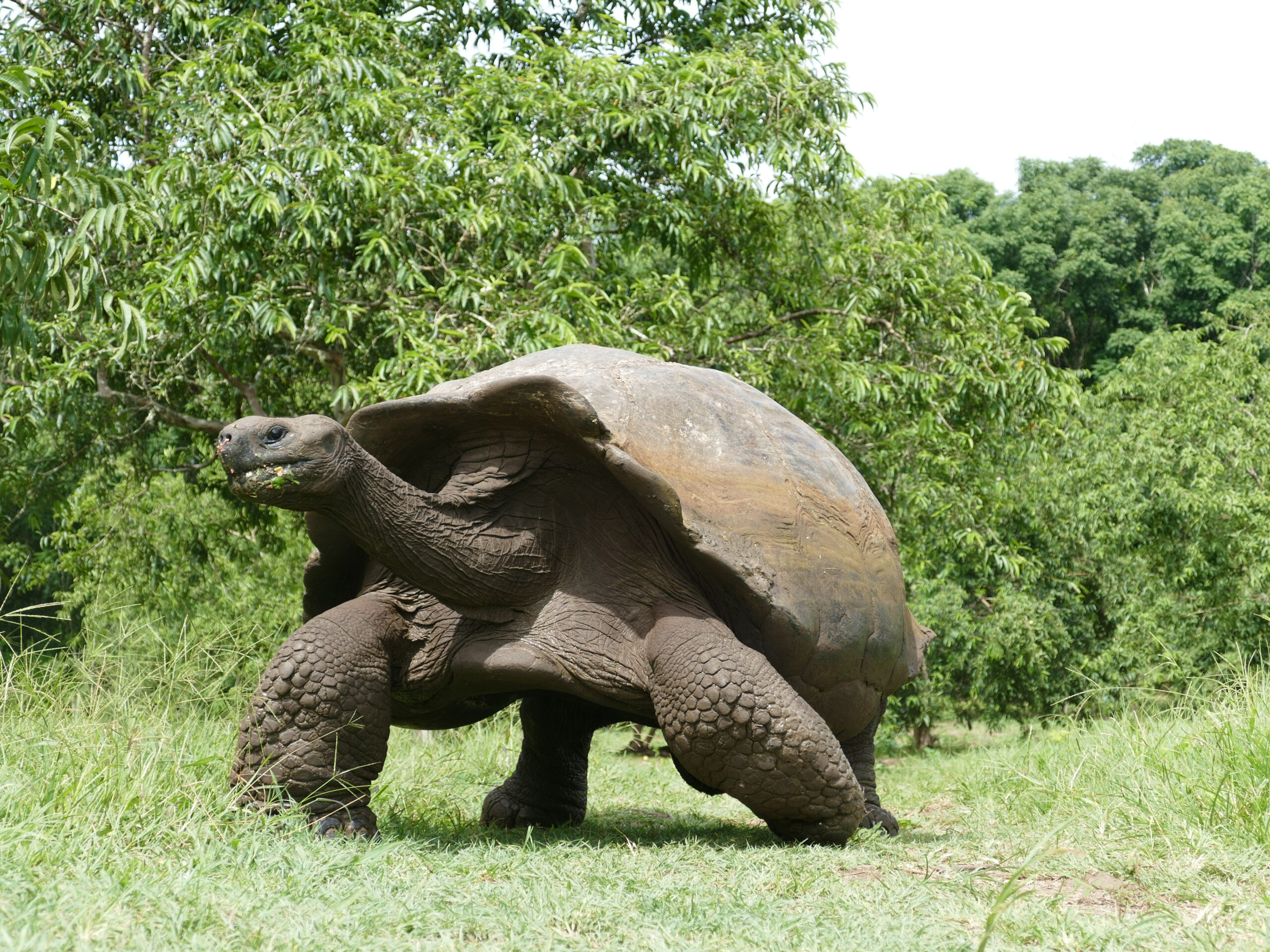
The Galápagos Tortoise is one of the largest and longest-living tortoises in the world. It can grow over 5 feet in length and live for more than 100 years. These tortoises slowly roam the islands, feeding on grasses, fruits, and cacti. Their massive shells provide protection, and they have evolved to store water for long periods. Conservation programs have been key in helping their population recover.
Komodo Dragon (Komodo Island, Indonesia)

The Komodo Dragon is the largest living lizard, found only on a few Indonesian islands. It can grow up to 10 feet long and weigh more than 150 pounds. This carnivorous reptile has a powerful bite, and its saliva contains toxic bacteria. It preys on large animals like deer and water buffalo. Despite its fearsome reputation, habitat destruction poses a significant threat to its survival.
Seychelles Black Mud Turtle (Seychelles Islands)
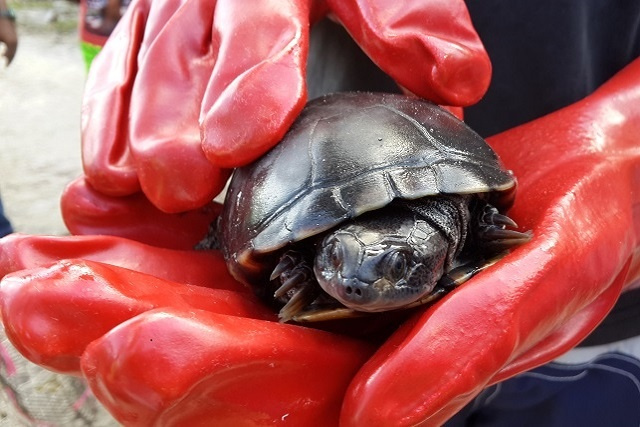
The Seychelles Black Mud Turtle is a rare and elusive freshwater species. It has a dark, rounded shell that helps it blend into muddy waters. This turtle feeds on aquatic plants and small invertebrates. It thrives in wetland areas but faces increasing threats from habitat loss and pollution. Conservation efforts are crucial to preserving this species, as its population remains small.
Pygmy Blue-Tongue Skink (South Australia)
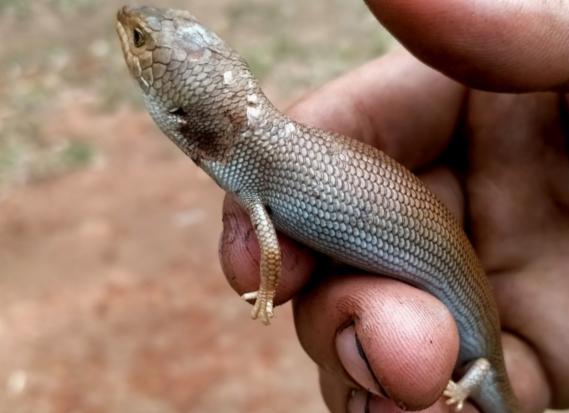
The Pygmy Blue-Tongue Skink is a small, secretive reptile native to South Australia. It has a distinctive blue tongue, which it uses to deter predators. This skink primarily lives in abandoned spider burrows, where it finds shelter from extreme temperatures. It feeds on insects and small invertebrates. Once thought extinct, this skink was rediscovered in the 1990s, and conservation efforts have been ongoing.
Saint Lucia Whiptail (Saint Lucia)
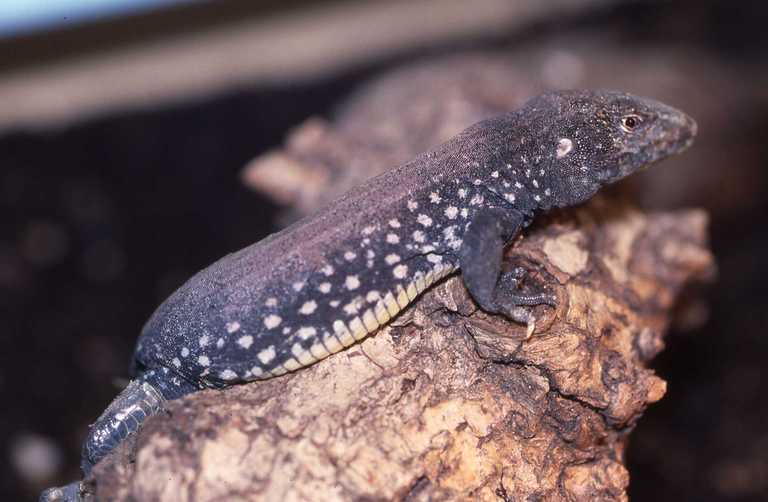
The Saint Lucia Whiptail is a small, fast-moving lizard with a long, slender tail. Its body is marked with dark and light stripes, providing excellent camouflage in the forest. This omnivorous reptile feeds on insects, fruits, and flowers. Invasive species, such as rats and mongoose, have significantly reduced its population. Conservation programs aim to protect its fragile habitat.
Lesser Antillean Iguana (Lesser Antilles)
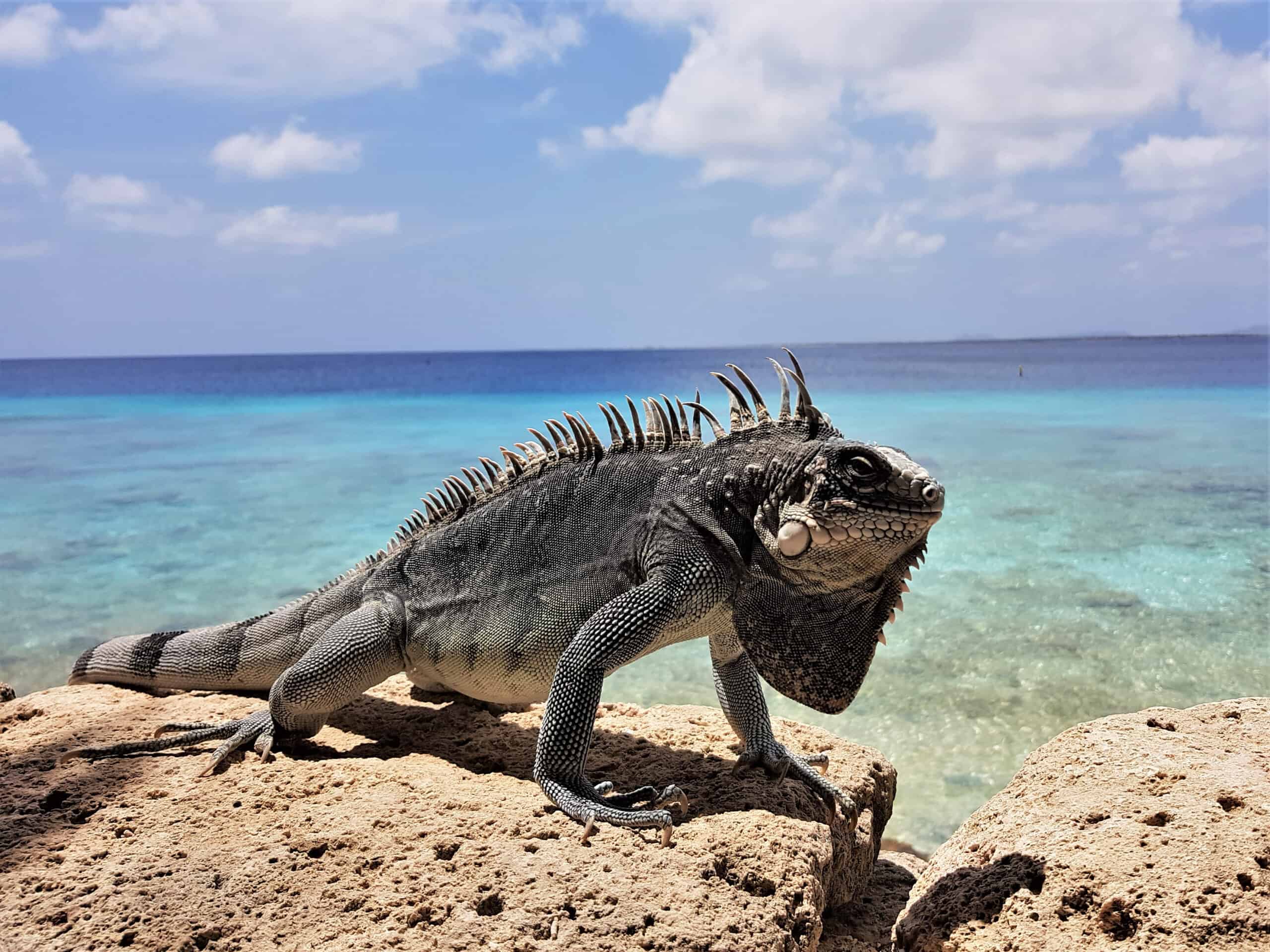
The Lesser Antillean Iguana is a large, herbivorous lizard native to the Lesser Antilles. It has a striking green body with distinctive markings. This iguana spends much of its time in trees, feeding on leaves, fruits, and flowers. Habitat loss and hybridization with introduced iguana species have threatened its survival. Conservation efforts are critical to maintaining its population on these islands.
This article originally appeared on Rarest.org.
More from Rarest.org
23 Endangered Reptiles Fighting for Survival in the Wild
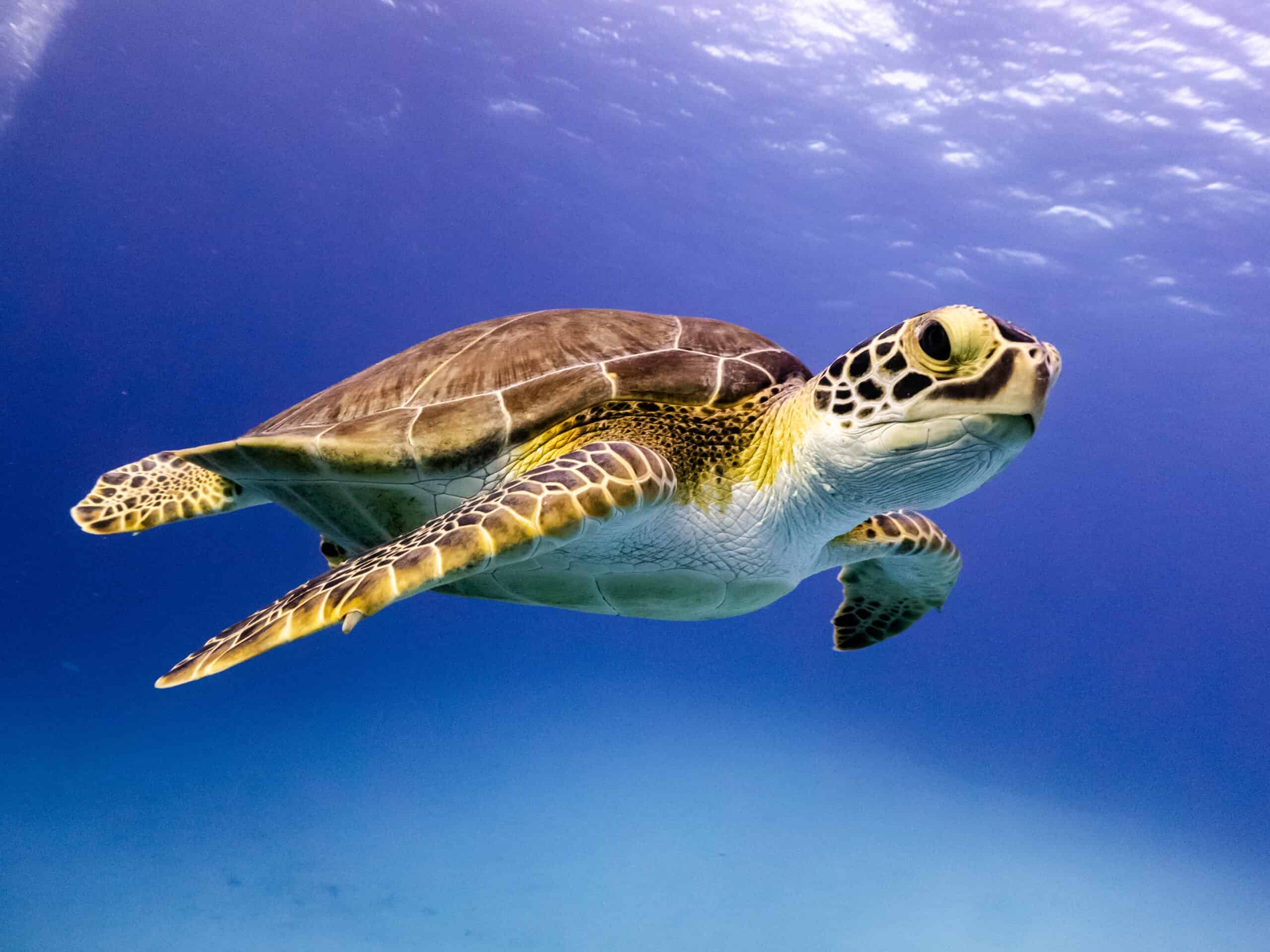
Reptiles across the globe are struggling to survive in their natural habitats. Due to habitat loss, poaching, and climate change, many species face the brink of extinction. Read More.
21 Extraordinary Birds That Migrate Over Impossible Distances
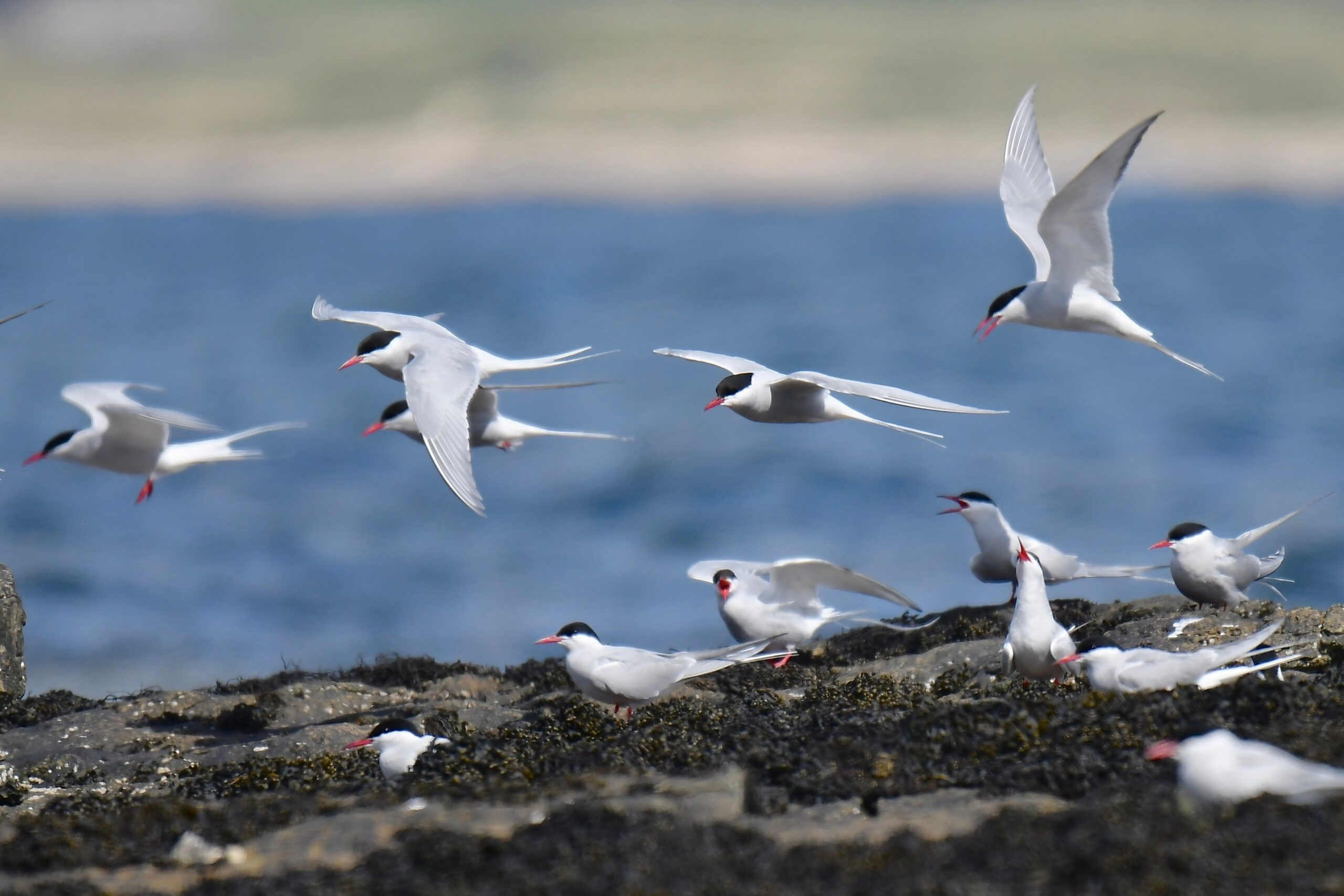
Some birds defy nature by migrating over vast, seemingly impossible distances. These remarkable travelers cover thousands of miles across oceans, continents, and harsh landscapes. Read More.
9 Most Intriguing Archaeological Discoveries of the Last Decade
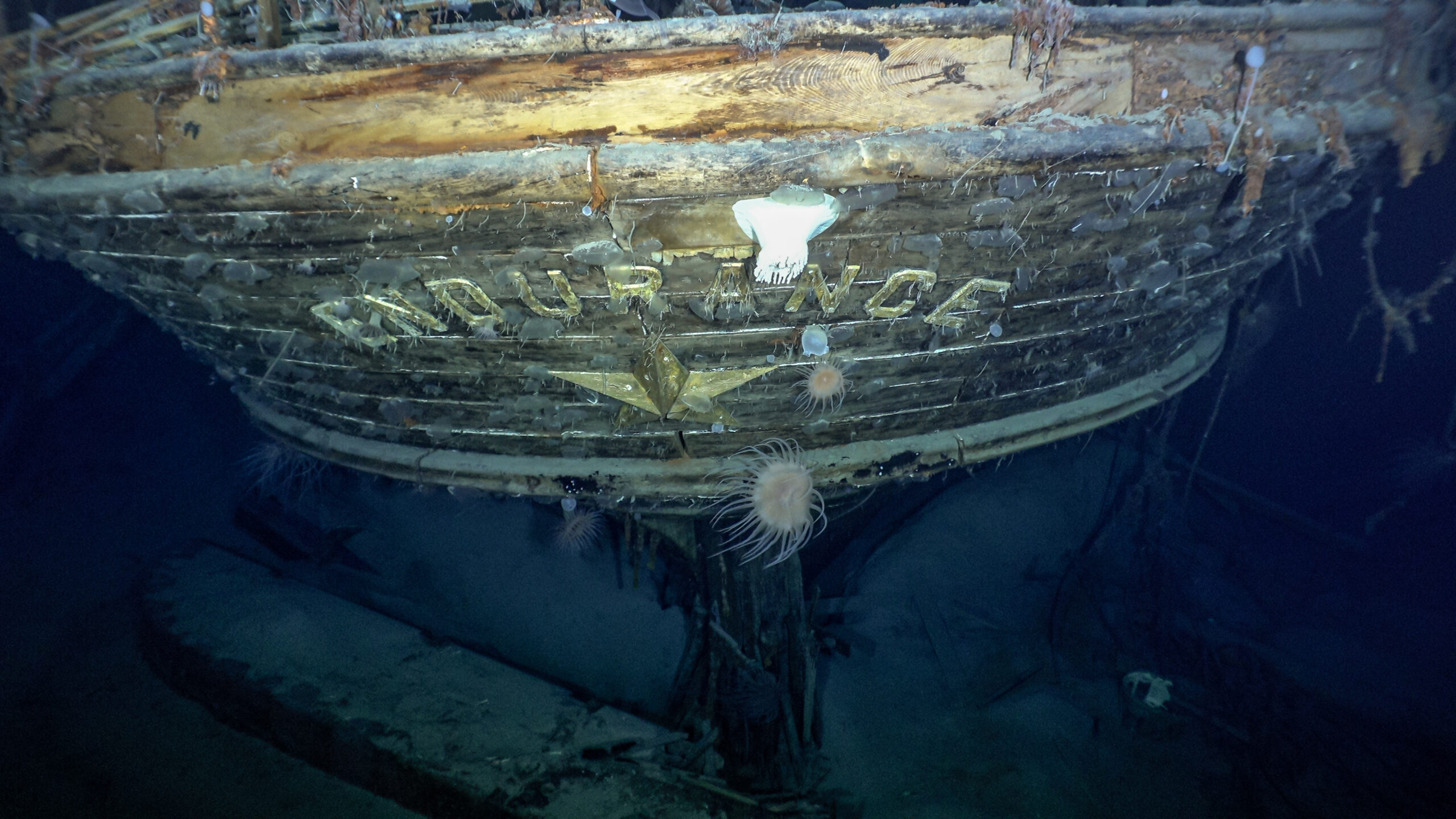
Over the past decade, archaeology has uncovered remarkable discoveries that continue to reshape our understanding of ancient civilizations. Read More.
